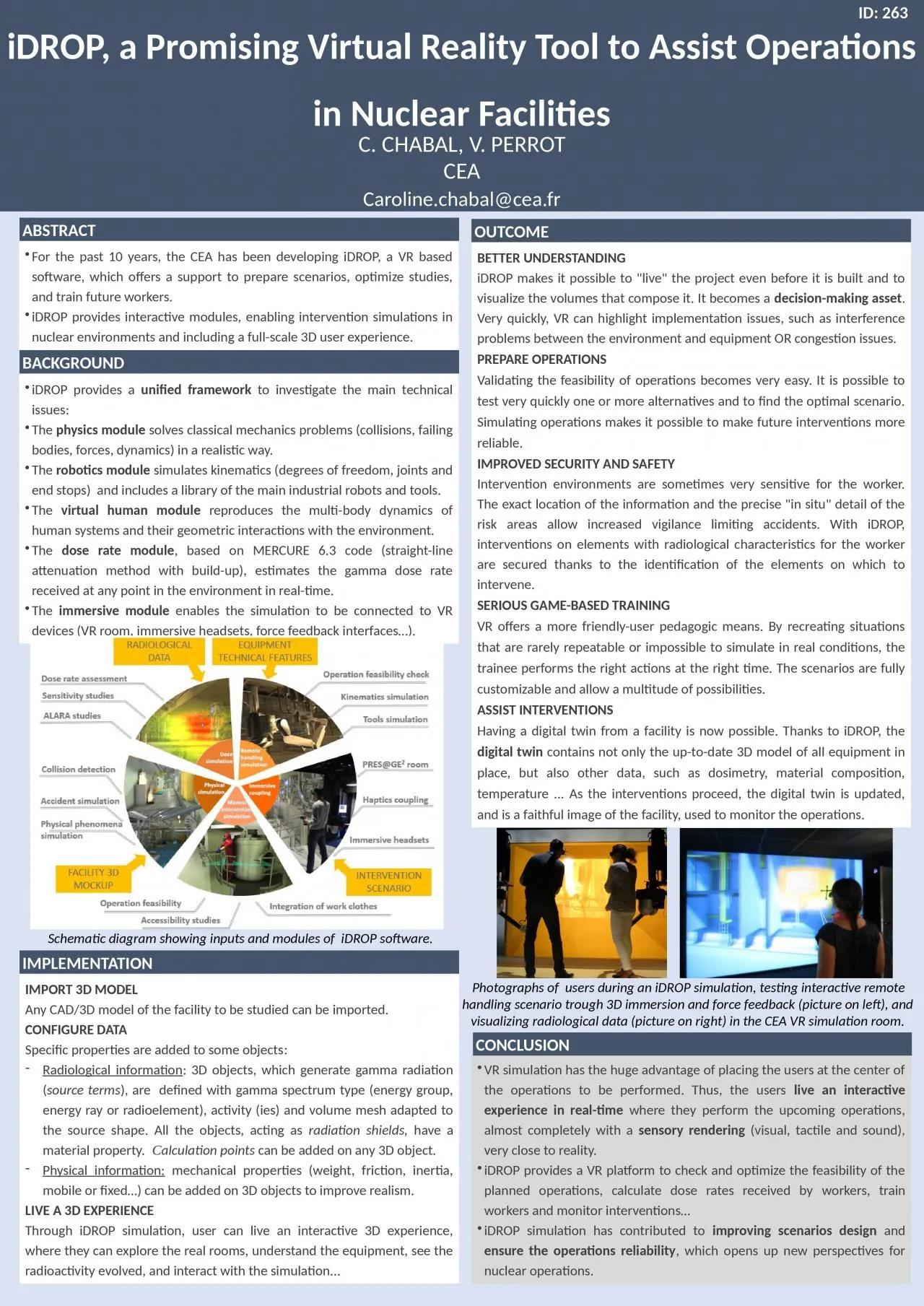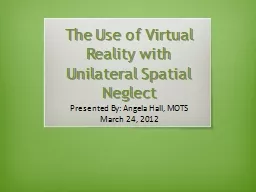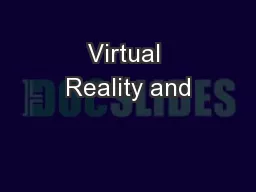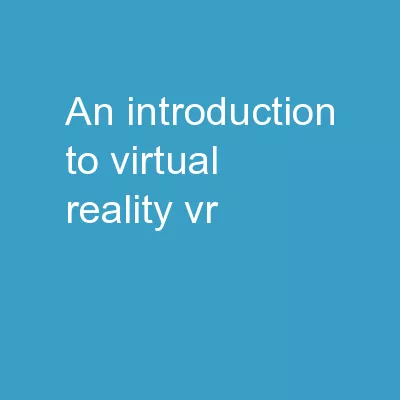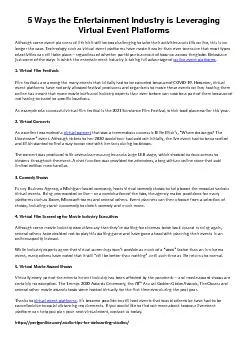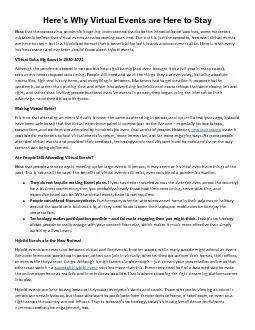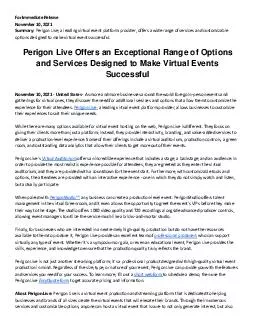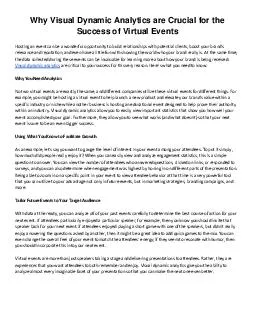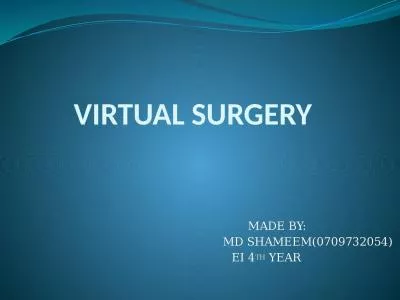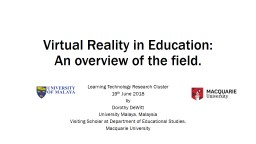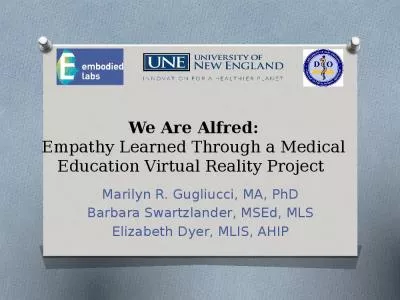PPT-iDROP, a Promising Virtual Reality Tool to Assist Operations in Nuclear Facilities
Author : ashley | Published Date : 2022-04-06
C CHABAL V PERROT CEA Carolinechabalceafr For the past 10 years the CEA has been developing iDROP a VR based software which offers a support to prepare scenarios
Presentation Embed Code
Download Presentation
Download Presentation The PPT/PDF document "iDROP, a Promising Virtual Reality Tool ..." is the property of its rightful owner. Permission is granted to download and print the materials on this website for personal, non-commercial use only, and to display it on your personal computer provided you do not modify the materials and that you retain all copyright notices contained in the materials. By downloading content from our website, you accept the terms of this agreement.
iDROP, a Promising Virtual Reality Tool to Assist Operations in Nuclear Facilities: Transcript
Download Rules Of Document
"iDROP, a Promising Virtual Reality Tool to Assist Operations in Nuclear Facilities"The content belongs to its owner. You may download and print it for personal use, without modification, and keep all copyright notices. By downloading, you agree to these terms.
Related Documents

